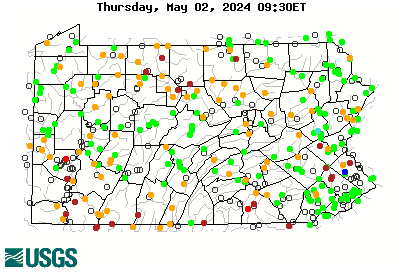silverfox
Well-known member
- Joined
- Oct 4, 2006
- Messages
- 1,928
The differences are critical, though. You're suggesting that I abandon my principles in order to support yours. That's what this comes down to.Your asking me to define the differences. The point I was making is that is where we start. I see that as a problem. What do you and I have in common. You know me, we have talked.
The common ground is the general disdain for stocking over "wild trout." That's the answer you've been looking for since your OP, and it's not lost on me.
Now that that's out of the way, what's the plan? If it involves myself or our organization supporting efforts to increase or proliferate nonnative trout, then it's never going to happen. That's what I've been trying to get at since my first response. Your post is an effort to get two factions to cooperate, and while that's commendable, as I said, the differences are critical. I've told you repeatedly that it makes no sense whatsoever for a native-centric organization to support any efforts to improve wild non-native trout. We're not TU. If you want a juggernaut in the fish conservation world to support whatever it is you're suggesting, I suggest you talk to TU.
It's not like I'm unwilling to work with a "wild trout" generalist. Heck, I was driving rebar through logs with a power hammer a few weeks ago on a TU project in a mixed population tributary. I'm a card-carrying TU member, and I'm a fan of all of TU's leadership that I've spoken with and worked with in the past. NFC works with TU routinely, but it's only on issues that directly impact brook trout or other native fish species specifically. Most recently we partnered and co-wrote a letter of support for the proposed stocking authorization with TU. Where it makes sense to partner on issues or projects we'll do so. So we are willing to work with anyone as long as the task is native fish centric.
Again, the differences mean everything, so to suggest that I should ignore them is only to attempt to paint me/us as being obstinant and uncooperative when in reality you're asking us to deviate from our mission to support yours. Assuming I've correctly deciphered what it is you're suggesting since you seem unwilling to actually say it.





